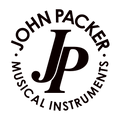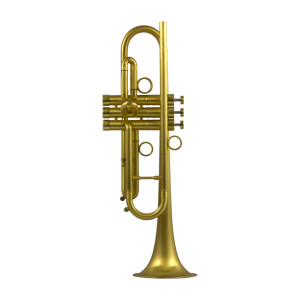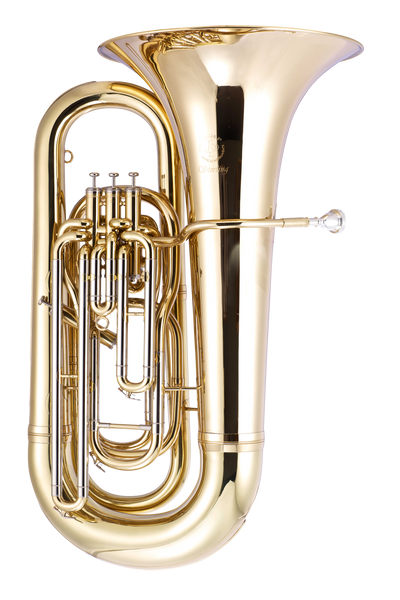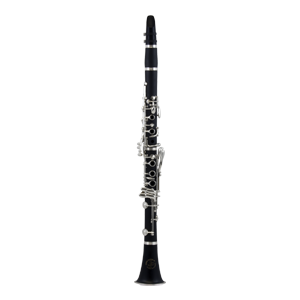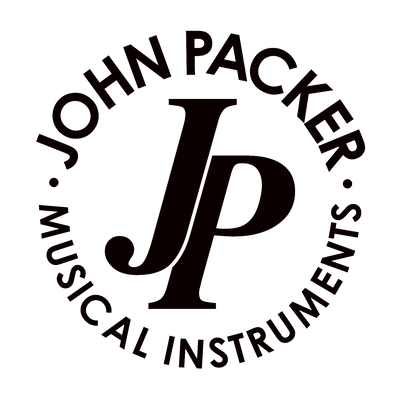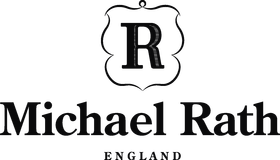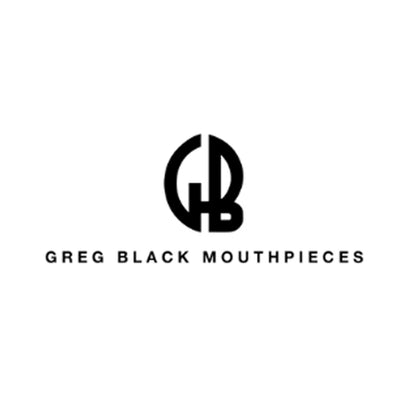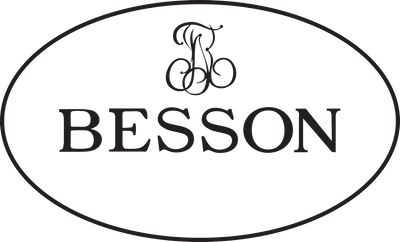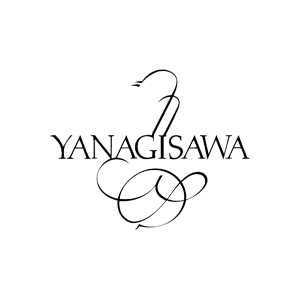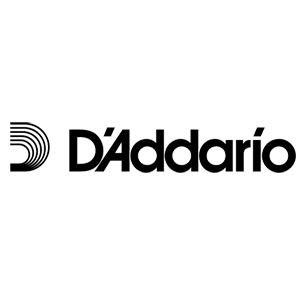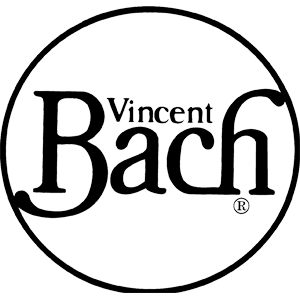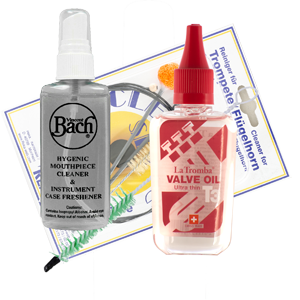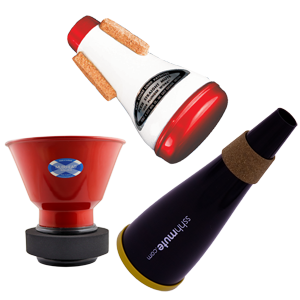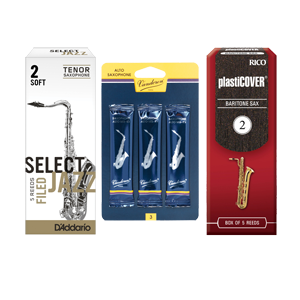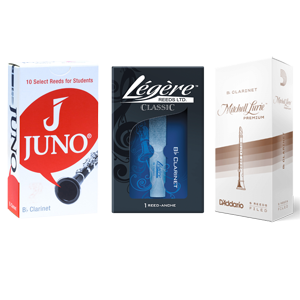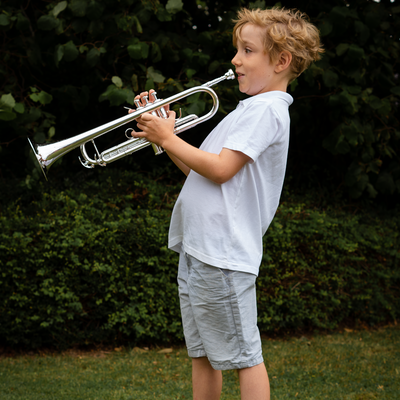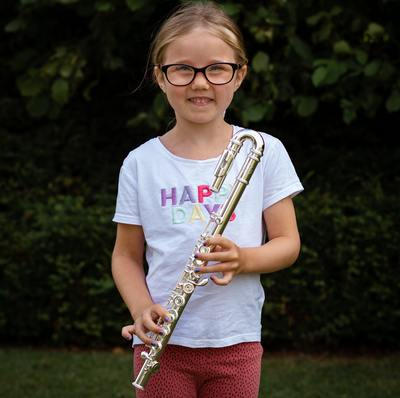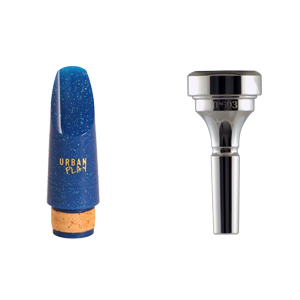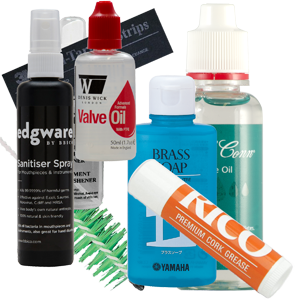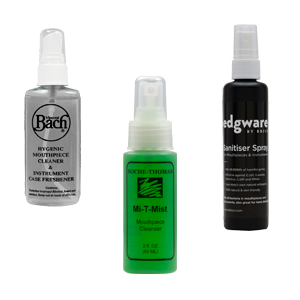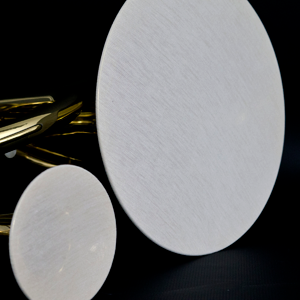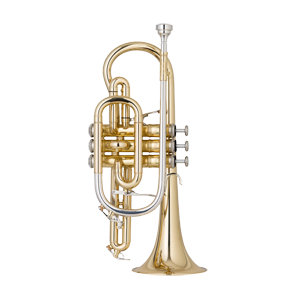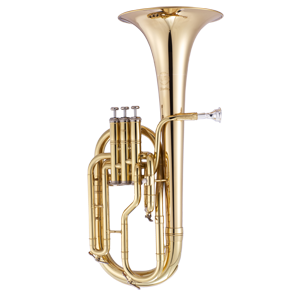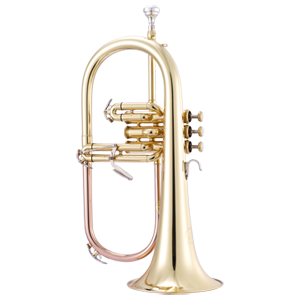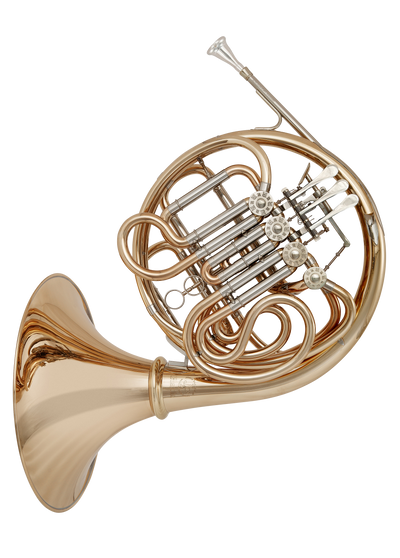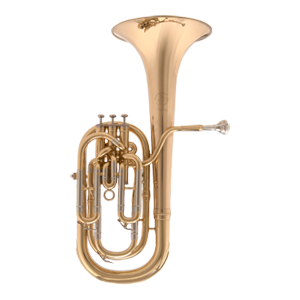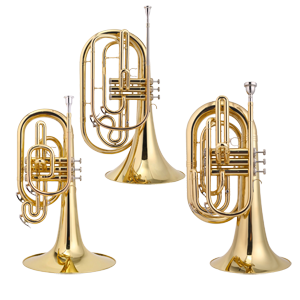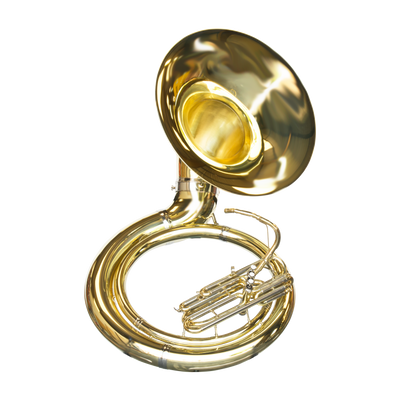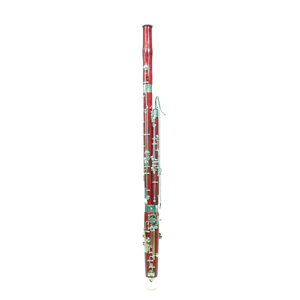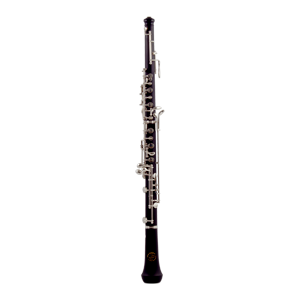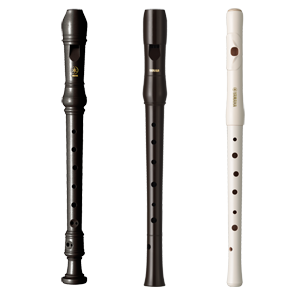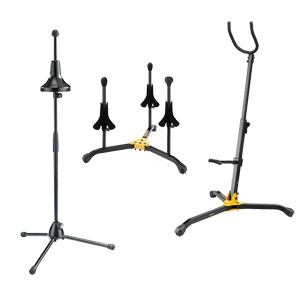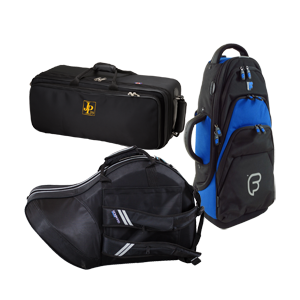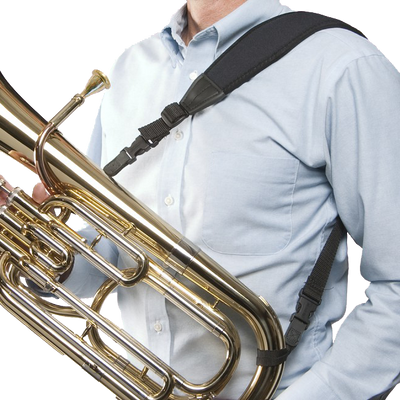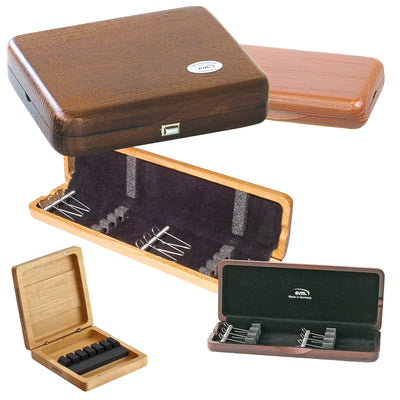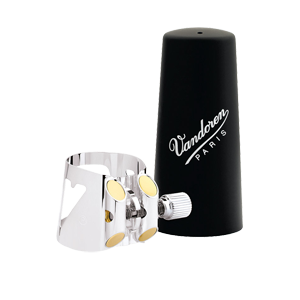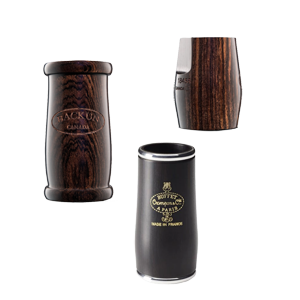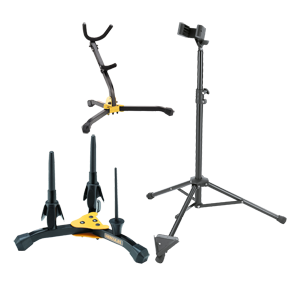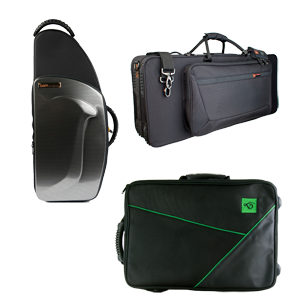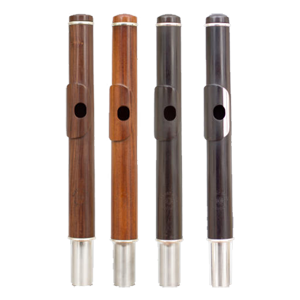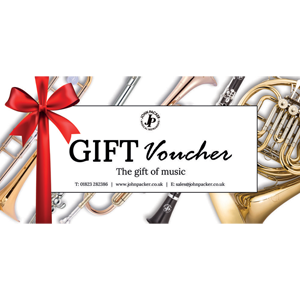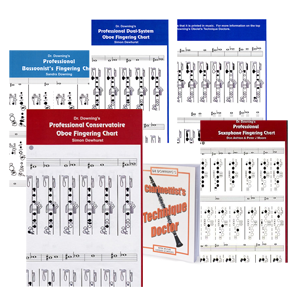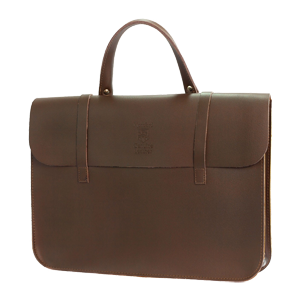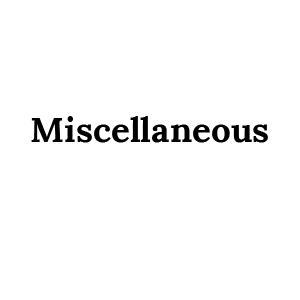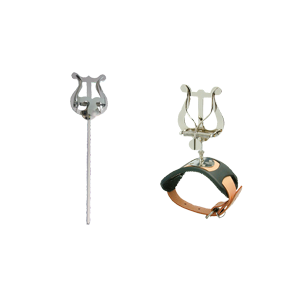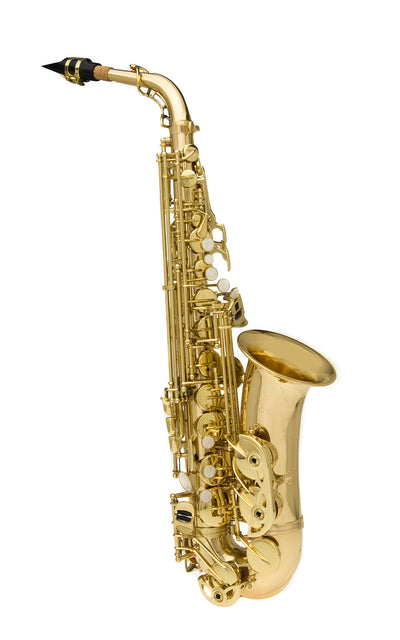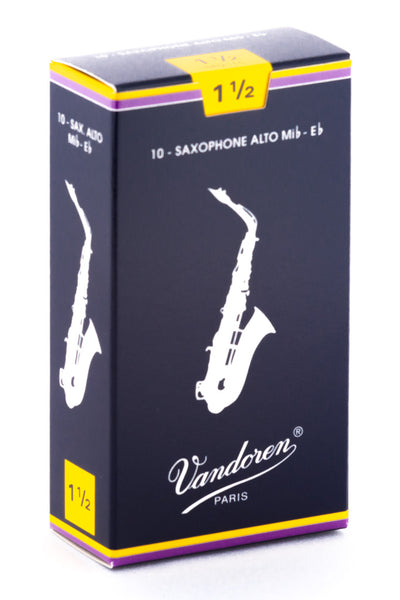A guide to buying your first trombone
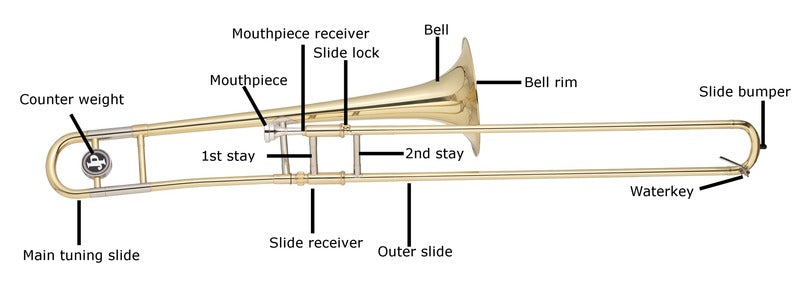
The modern trombone is a descendant of the Sackbut and has remained virtually unchanged since the beginning of the 14th century. The word derives from the Italian word for large trumpet.
The two sizes in common use today are the tenor trombone in Bb (sometimes fitted with a trigger or valve with additional length of tubing to give the option of F) and the bass trombone which also has a number of valve permutations offering a variety of different keys.
The pitch is altered by changing the vibrating column of air. This is done by changing the position of the extendable slide element of the tubing. The trombone does not generally have the flexibility of the trumpet due to the sometimes long distances that the slide needs to be moved to change pitch.
The trombone is found in Brass Bands, Wind Band, Big Bands, Jazz Ensembles and of course Orchestras where it first appeared in Beethoven’s 5th Symphony.
The playing characteristics of trombones vary more than almost any other instrument from an agile smaller bore jazz instrument right through to a large and powerful double rotor bass trombone. Consequently the range and diversity of different specifications is mind boggling, therefore we have highlighted some of the key areas to consider when choosing your new trombone.
Types of Trombone
| Type | Key | Application | Other Comments |
|---|---|---|---|
| Tenor | Bb | The Tenor trombone, also known as a straight trombone, is the most common trombone and the preferred choice to learn on. They are light weight and due to only having 2 bends in the tubing, quite free blowing. They are usually pitched at Bb and can be found in Brass bands, Jazz bands, Military bands, wind ensembles and symphony orchestras. | Ideal for starting on the trombone |
| Bass | Bb/F/G | The Bass trombone, similar to the tenor trombone but with a larger bell, wider bore, larger mouthpiece and the addition of one or two valves which when pressed, change the key of the instrument, plus the instrument itself is larger and heavier than the tenor trombone. Being larger thus requiring more air to play, and heavier, this is not an ideal first instrument to learn the trombone. | Generally for the more experienced trombone player |
| Alto | Eb | The alto trombone is pitched in Eb (occasionally with a D or Bb rotary valve attachment) or F, a perfect fourth or fifth higher than the tenor trombone and is generally found only in orchestras. | Unless wanting to play only in orchestras, not recommended that you start on an alto trombone. |
Young Players
Learning a musical Instrument at a young age has a whole host of benefits but it is important that children are comfortable holding and playing their instrument before they start their musical journey in earnest.
Trombones for students are simplistic in design as students generally start on a straight Bb tenor trombone with a medium bore (0.500”).
Student trombones are machine made and built for economy and durability. They play well, but don’t have all the high-end features and craftsmanship found on intermediate and professional models.
A student trombone should be suitable for most players for the first 2 to 3 years.
One recent development is the PBone plastic trombone which has been used by many smaller students to learn on as it is very light to hold. It is also used by advanced players as a novelty instrument due to its eye catching colours.
Features
Bell
The Bell is where the sound waves emerge from the trombone. Each type of trombone has a different sized bell and can range from close to 7” all the way up to 10.5”. The size of the bell has an effect on the sound produced and projected.
Valve/Trigger Attachments
Valves/triggers are generally not fitted to student level tenor trombones, but can be on tenor trombones suited for the more advanced player.
Bass trombones are fitted with valves (and more commonly have 2). The types of most common valves you will find on a trombone are rotary valves, otherwise known as triggers.
Some trombones have piston valves (like a trumpet) and are known as valve trombones. Valves/triggers are used to change the length of the tubing the air has to pass down, therefore changing the note played.
Tubing
Trombone tubing is generally made from brass and if laid out in a straight line would be over 2 meters.
Slides
There are 2 types of slide on a trombone, the tuning slide which is located at the heel of the trombone. The player uses this to make small adjustments when playing to the tuning. The other slide is the outer slide. This is used to produce different tones by changing the overall length of the trombone tubing.
Mouthpiece
The mouthpiece is what the player uses to direct air and lip vibrations into the trombone. Trombone mouthpieces are large and deep which enables a new player to produce a tone much more easily than other brass instruments, so ideal for beginners.
Recommended Accessories
Music stand
Whether sitting or standing, you will still require somewhere to place your sheet music so that you can read it comfortably.
Hercules Tenor Trombone Stand
A good quality instrument stand will help avoid accidental knocks and accidental damage to your trombone. We always recommend placing your trombone back in its case after each practice.
Slide o Mix Rapid Comfort All in One Slide Cream
To help maintain your trombone slide action, it is essential to keep the moving parts lubricated.
Denis Wick DW5527 Tenor Trombone Practice Mute
Practice is all important, with the practice mute you can continue playing but not disturb other people with the sounds.
Popular Student Trombones
John Packer JP031 Bb Tenor Trombone
With a high performance to price ratio, the JP031 has achieved a reputation for longevity and durability within the UK education sector.
John Packer JP131 Bb Tenor Trombone
Well-engineered and with just the right 'resistance' for an inexperienced player, this instrument features an 8" bell for great sound projection.
Yamaha YSL-354E Bb Tenor Trombone
Yamaha's Standard model tenor trombone features many of the qualities of our top pro models, yet is available at a surprisingly affordable price.
Jupiter JTB700Q Bb Tenor Trombone
This model is suitable for intermediate level players and comes with its very own styled gig bag case.
The above is just a small selection of the trombones we can offer. Our collection of trombones suitable the new player is always being updated and can be found here.
Any Questions?
Our brass department is more than happy to answer any brass related queries that you might have, feel free to contact our sales team.
